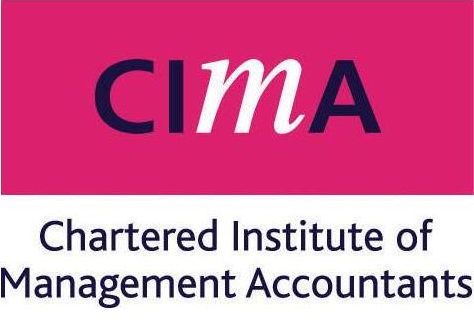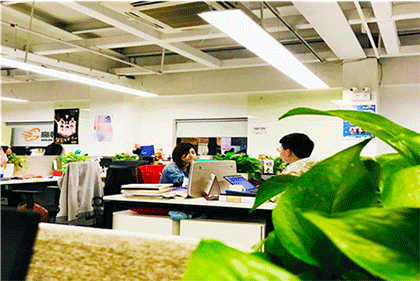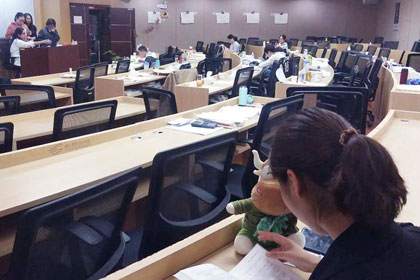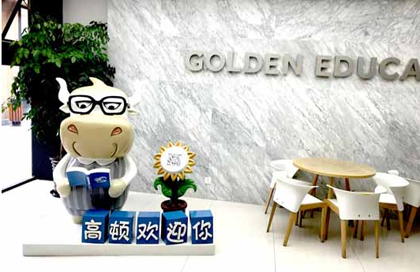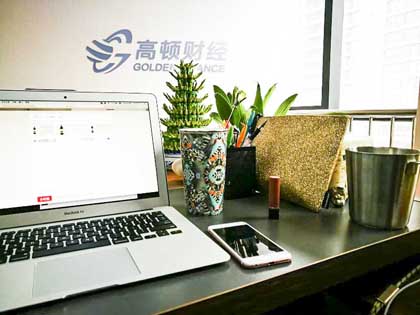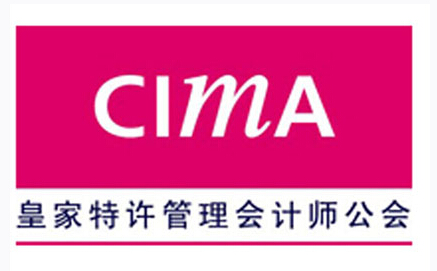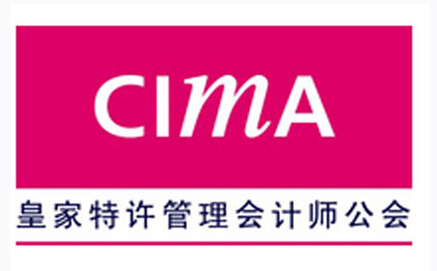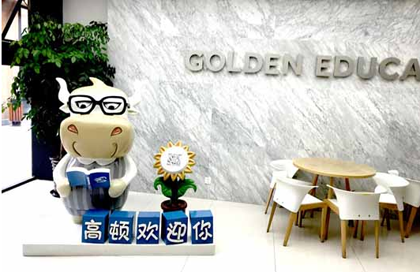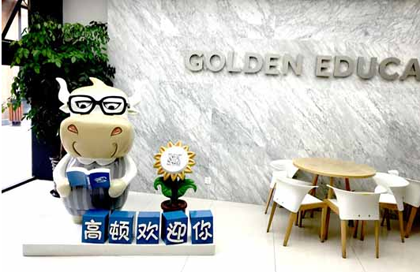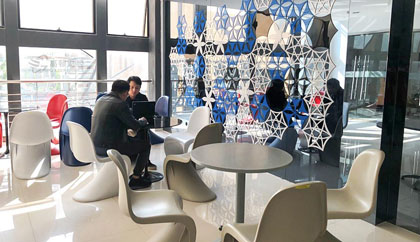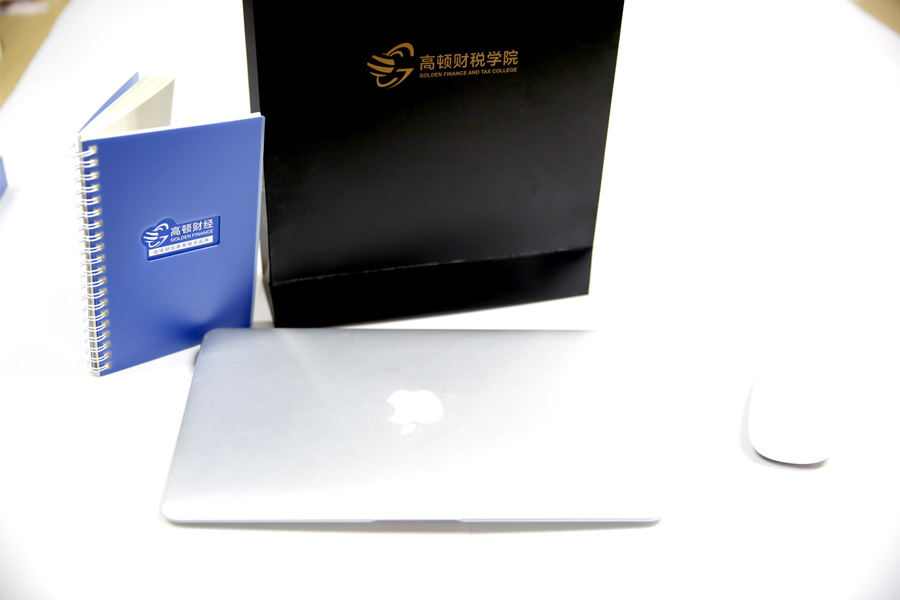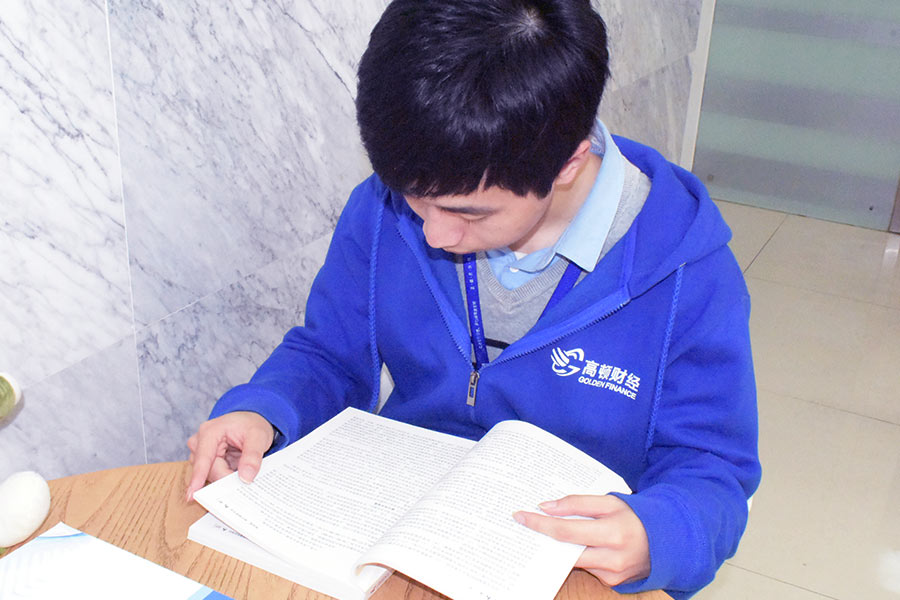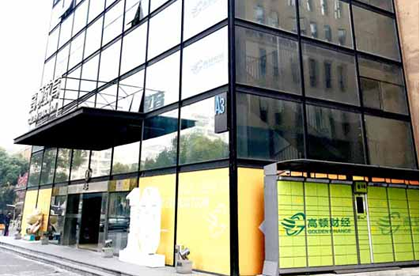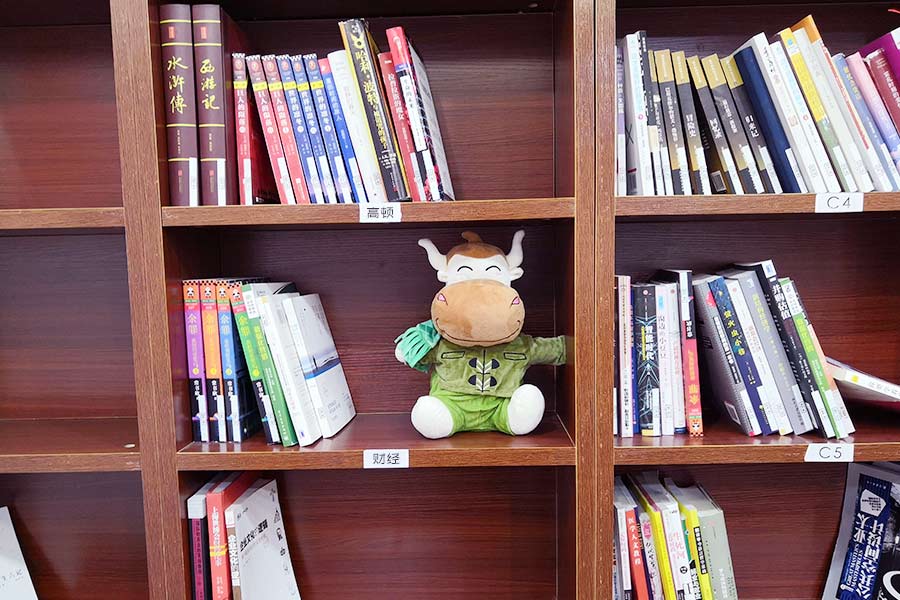CIMA:用管理会计对食物链进行战略管理
来源:
高顿网校
2014-10-15
食品安全永远都是牵动大众神经的事情。自从一百多年前,美国作家厄普顿·辛克莱写了《屠场》,这本原想打动公众的心,却不料击中了他们的胃,随后迅速通过了美国历史上*9部有关食品安全的法案。
在中国,食品安全的法律早就有了,但是食品安全问题还是屡见不鲜。要解决这个问题,笔者认为首先需要有一个全局的思路,形成健康的行业生态。而不是头痛医头,脚痛医脚。
CIMA研究基金曾经资助英国朴茨茅斯大学的Lisa Jack教授对农产品及食品行业进行研究,并发表题为《从农场到餐桌》的报告。
报告针对英国市场,为食物链上的各参与方提供了以下几点建议:
1 生产者需要了解自己的成本,才能获得一个公平合理的回报,以维持长期可持续的生产与养殖。
2 关于成本的信息需要在整个供应链上进行分享。
3 供应商应该和客户之间签署书面的供应协议。交易透明化有助于供应商与客户就价格、数量、折扣、促销等事宜与客户进行公平的协商。
4 食物链条上的各参与方可以采取协作的模式。
5 消费者需要更好的理解他们自己的行为对于整个供应链的影响,尤其是他们自己的消费偏好对于成本的影响。例如当饲料价格上涨的时候,肉类价格当然要上涨,如果消费者对动物福利有要求,那么也需要承担这个成本。
6 尽量减少各个环节的浪费。
7 客户要对供应商采取长期合作的态度。短期协议,不确定的采购量都会严重打击供应商。
The conclusions of the report suggest the following way forward for participants in the food supply chain:
1 Producers need to understand their costs to achieve a fair return. They need to build in costs for animal welfare, ‘customisation’ to supermarkets’ demands,and most importantly to set a target return which makes a contribution to long-term costs and sustainable production.
2 Information on costs should be shared within the chain. Basic co-operative agreements, greater sharing of information and cost-based contracts with customers are all possible solutions to tight margins. Even if peers or neighbouring stages in the supply chain are reluctant, traditional sources of information can be exploited, including farm circles, attendance at livestock markets and reading trade press. One useful technique suggested by a farmer is to play more than one role in the supply chain ‘if you produce a crop, and also buy it from other suppliers (for selling on), you get useful intelligence about how much your competitors are selling for.’
3 Producers should ask for written terms of trade from the supermarkets they supply. The Office of Fair Trading was surprised to find after their audit of supermarket’s compliance with the Supermarkets’Code of Practice, that none of the suppliers in their sample had done so. The OFT commented ‘the effective resolution of disputes relies on both sides being in possession of written terms. Transparency about terms of dealing is essential to suppliers’ ability to negotiate assertively with supermarkets on matters including prices, volumes, discounts, over riders, and promotions.’
4 Participants in the food supply chain might consider what collaborative models from other industries or countries could teach this sector. For example, e-markets are common in aerospace or automotive industries. One CIMA member commented that collaboration within EU food supply chains seems more advanced.
5 Consumers need to understand better the inputs into the supply chain, and specifically the impact on costs of their preferences. For example, when feed costs are high, the price of meat should rise; or when better animal welfare is practiced or mandated, the additional costs of doing so should be passed on to consumers, who originate (directly or otherwise) these requirements. This is particularly important to make competition fairer when consumers are offered a choice including produce from suppliers from other countries who are not required to adhere to these more expensive practices. And consumers should be educated about seasonality. One solution is more informative labelling, to indicate that produce has been produced to more exacting standards, or has been air-freighted.
6 Efforts should be made to reduce waste, especially where this results from poor co-ordination of requirements or a lack of understanding from supermarket buyers, of growing cycles. Members of the roundtable commented on the potential to reduce waste overall, and examples of specific instances which fell disproportionately on growers. Much food waste should be reduced from July 2009, with the repeal of 20 year old EU regulations specifying marketing standards for many fruits and vegetables.
7 Supermarkets should adopt a longer-term perspective towards their relationships with primary producers. Two week contracts, and a lack of certainty about how much of their output the supermarket will buy, ultimately will discourage farmers from innovation and investment in new capacity or new production processes. And driving primary producers out of the sector, as has been seen in respect of the dairy industry, will adversely impact the continuity of supply.

扫一扫微信,*9时间获取2014年CIMA考试报名时间和考试时间提醒
高顿网校特别提醒:已经报名2014年CIMA考试的考生可按照复习计划有效进行!另外,高顿网校2014年CIMA考试辅导高清课程已经开通,通过针对性地讲解、训练、答疑、模考,对学习过程进行全程跟踪、分析、指导,可以帮助考生全面提升备考效果。
报考指南:2014年CIMA考试报考指南
高清网课:CIMA考试网络课程
报考指南:2014年CIMA考试报考指南
高清网课:CIMA考试网络课程
版权声明:本条内容自发布之日起,有效期为一个月。凡本网站注明“来源高顿教育”或“来源高顿网校”或“来源高顿”的所有作品,均为本网站合法拥有版权的作品,未经本网站授权,任何媒体、网站、个人不得转载、链接、转帖或以其他方式使用。
经本网站合法授权的,应在授权范围内使用,且使用时必须注明“来源高顿教育”或“来源高顿网校”或“来源高顿”,并不得对作品中出现的“高顿”字样进行删减、替换等。违反上述声明者,本网站将依法追究其法律责任。
本网站的部分资料转载自互联网,均尽力标明作者和出处。本网站转载的目的在于传递更多信息,并不意味着赞同其观点或证实其描述,本网站不对其真实性负责。
如您认为本网站刊载作品涉及版权等问题,请与本网站联系(邮箱fawu@gaodun.com,电话:021-31587497),本网站核实确认后会尽快予以处理。
严选名师 全流程服务
其他人还搜了
热门推荐
-
CIMA免试政策常见问题汇总 2021-12-20
-
CIMA和CPA区别,此文带你了解! 2021-04-02
-
CIMA考下来究竟要多长时间? 2021-03-11
-
cima有中文版考试吗?! 2021-02-01
-
特许管理会计师(cima)难考吗? 2021-01-07
-
cima考试需要参加培训班吗? 2020-12-25
-
CIMA考试是英文还是中文? 2020-12-08
-
cima证书认可度如何? 2020-11-30
-
CIMA是全英文考试吗? 2020-11-27
-
CIMA考试通过率是多少? 2020-11-13
-
CIMA考试题型及考试时长信息说明 2020-08-14
-
cima和acca究竟考哪个好 2020-08-10
-
2020年8月CIMA考试注意事项相关信息 2020-07-29
-
2020年CIMA考试费用是多少? 2020-07-02
-
cima有中文考试吗? 2020-04-29
-
cima有中文考试吗? 2020-04-29
-
CIMA中国考点大汇总 2020-03-30
-
CIMA考试科目及免考政策相关信息 2020-03-23
-
考CIMA证书到底有什么用? 2019-12-13
-
CIMA互免政策相关信息 2019-12-09
-
cima和cma哪个含金量高 2019-12-05
-
要想通过CIMA考试,需要看哪些教材? 2019-12-04
-
cima好考吗? 2019-12-02
-
cima考试考什么 2019-11-29
-
cima最快多久能考完 2019-11-29
-
acca和cima哪个难度大?! 2019-11-27
-
一文了解:acca与cima对比 2019-11-26
-
cima到底难考嘛 2019-11-26
-
CIMA是什么证书,含金量怎么样? 2019-11-15
-
大学四年可以考完cima吗 2019-11-11
 高顿项目
高顿项目
